“Just as in order to climb the Tirupati hill one has to climb step by step and only at the end does one achieve darsanam of the swami and experience happiness, similarly everyone who follows the path of yoga sastra has to climb the eight steps of yama, niyama, asana, pranayama, pratyahara, dharana, dhyana, and samadhi proceeding according to the given order. Whoever climbs these eight steps proceeding according to the regular order will experience bliss.” - Tirumala Krishnamacharya, Yoga Makaranda (1934)

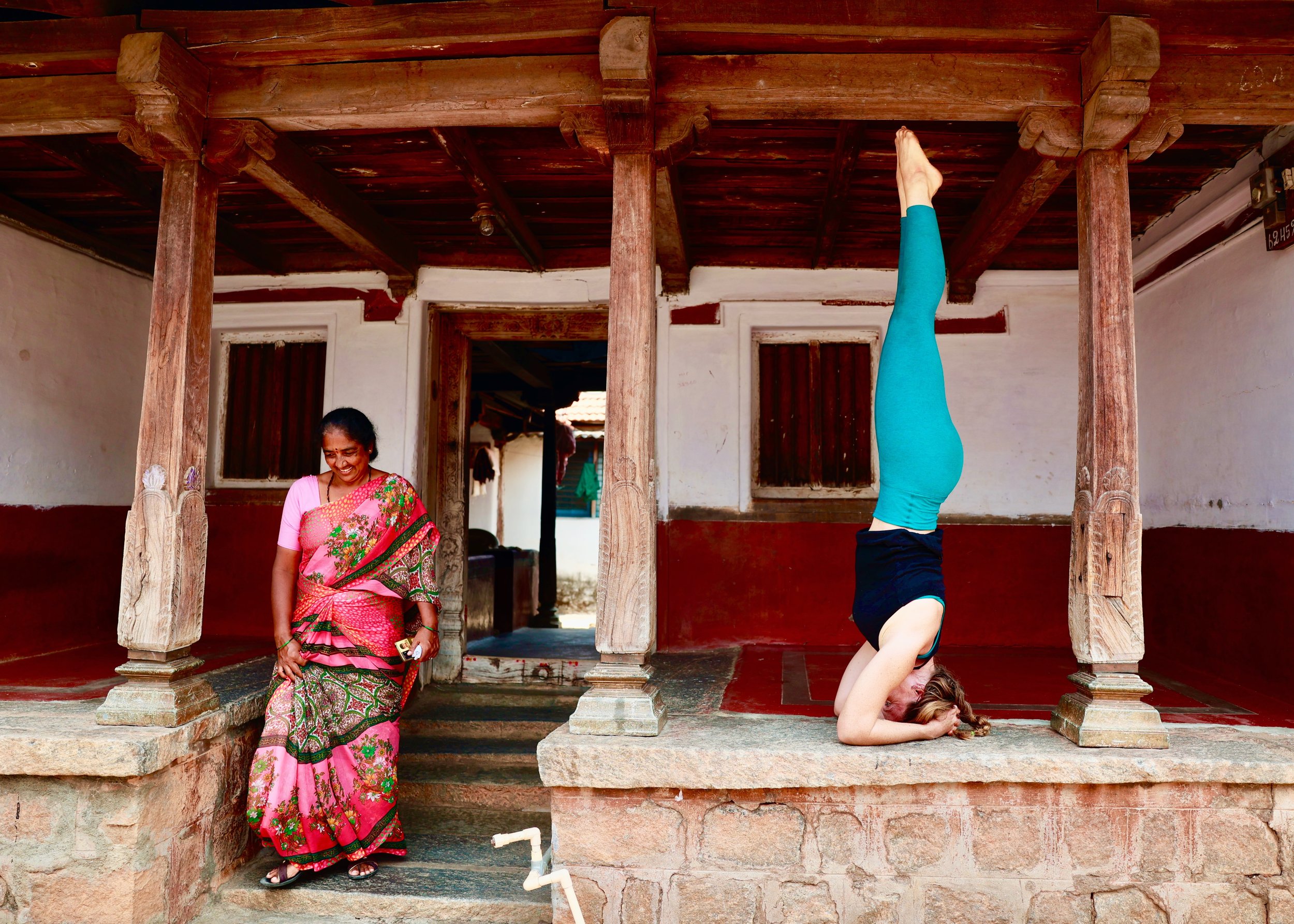



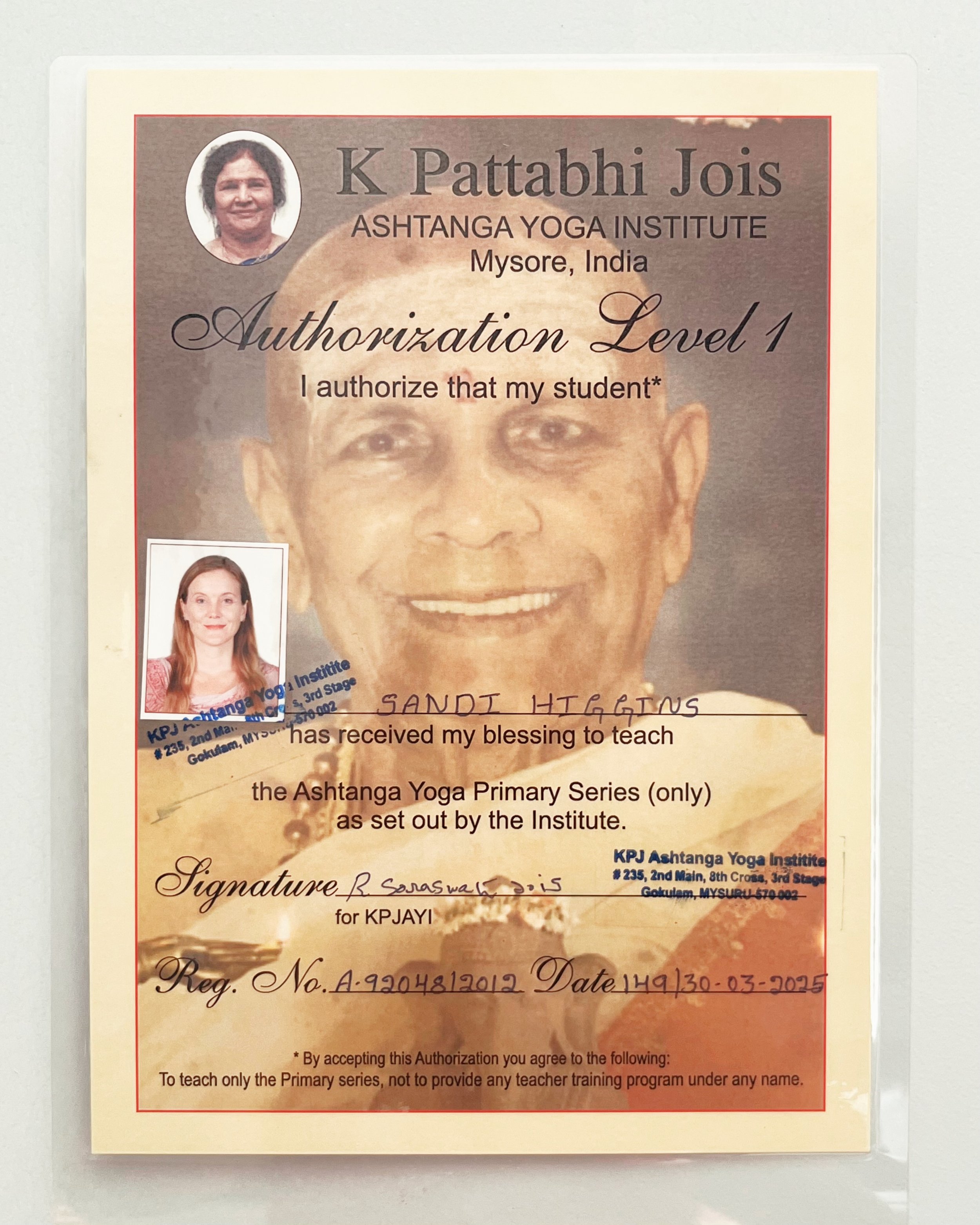


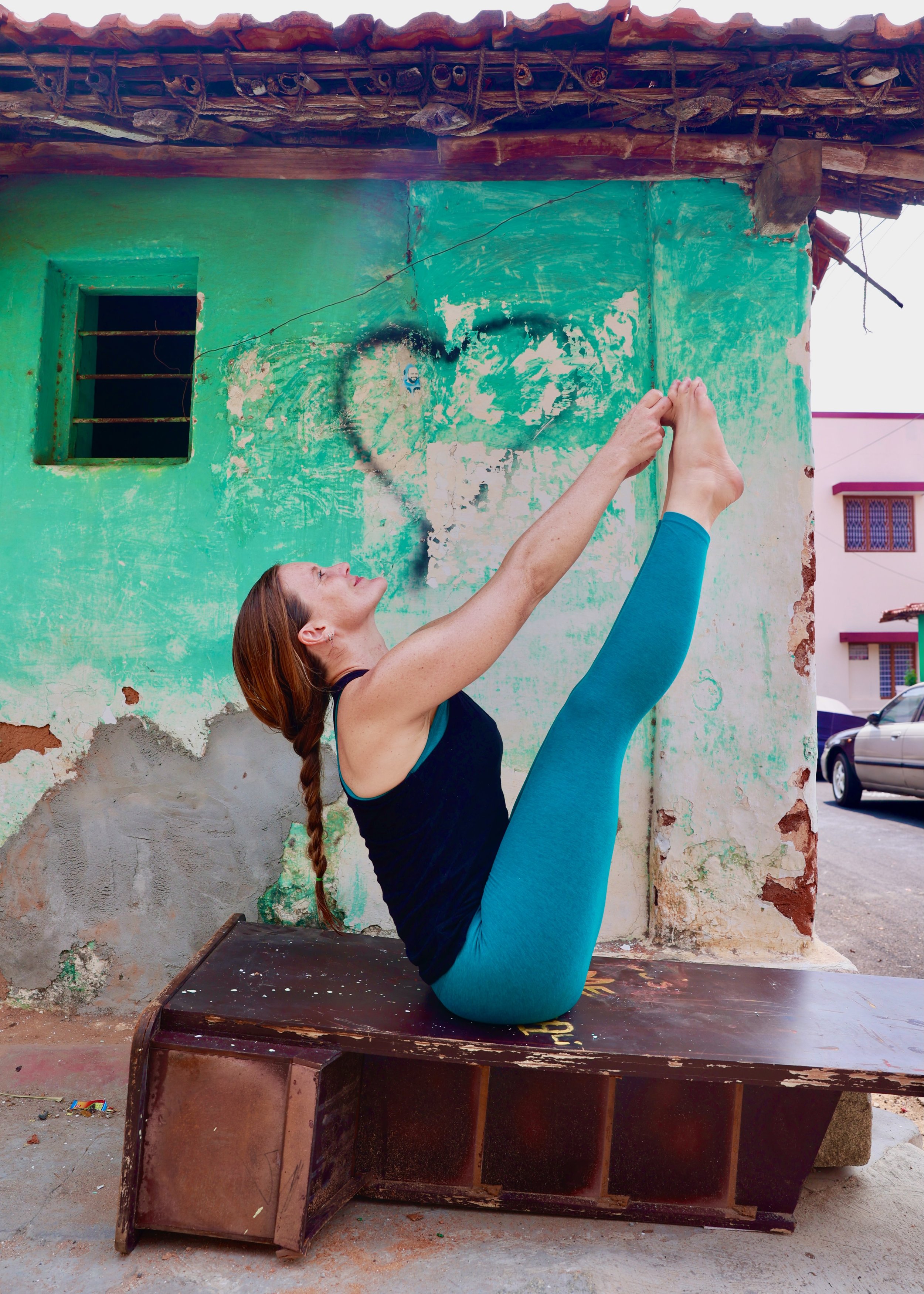

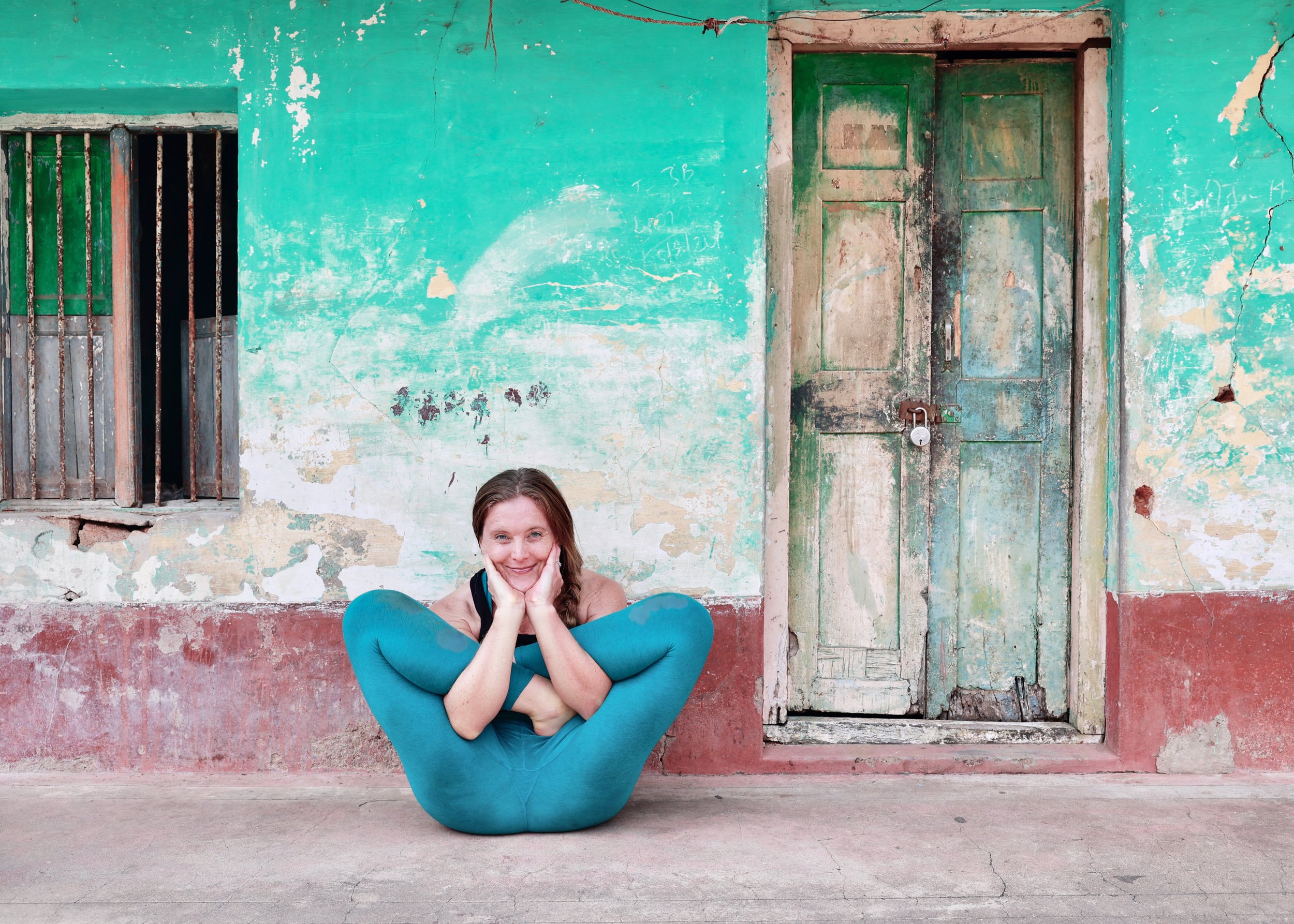
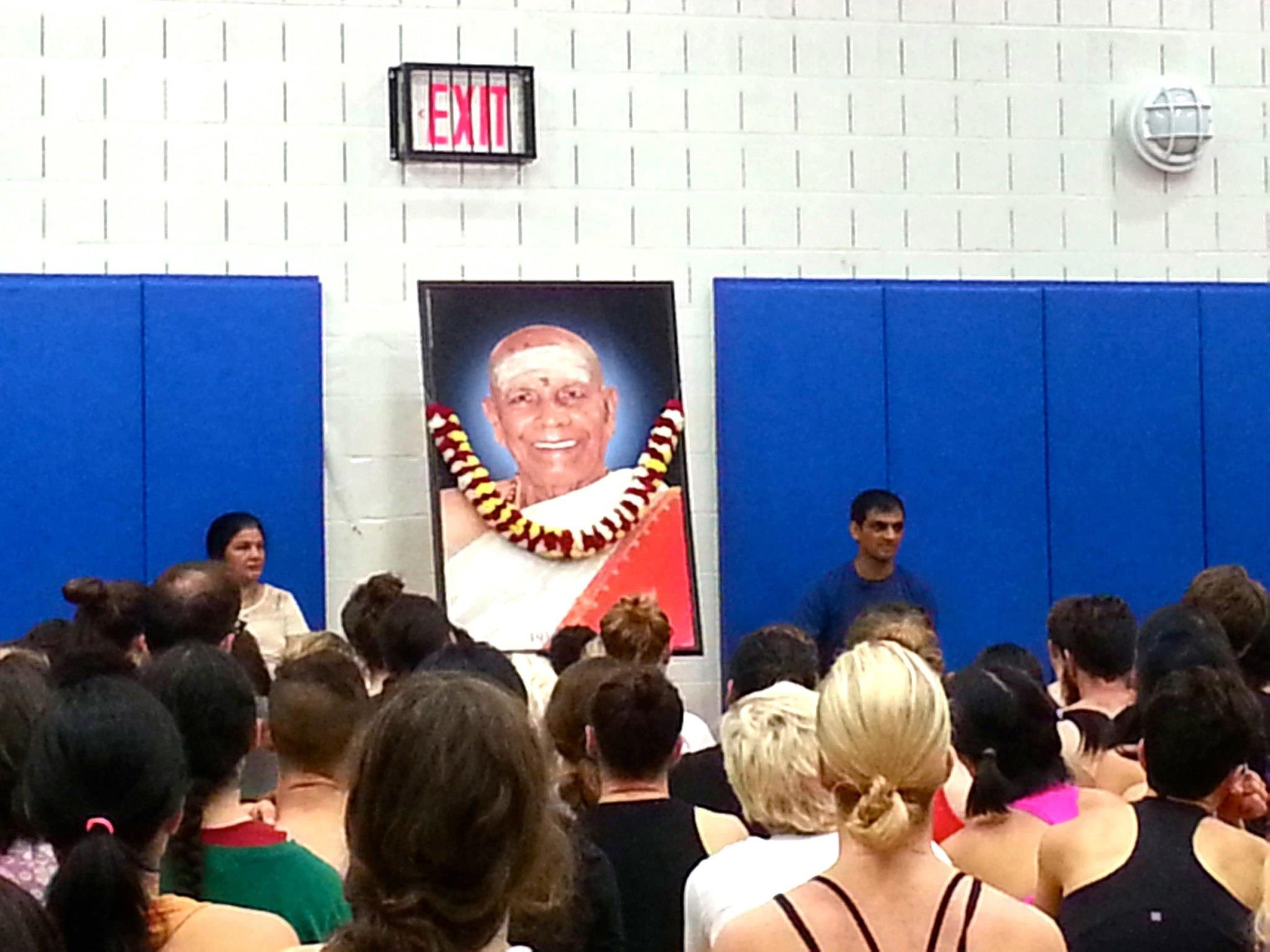

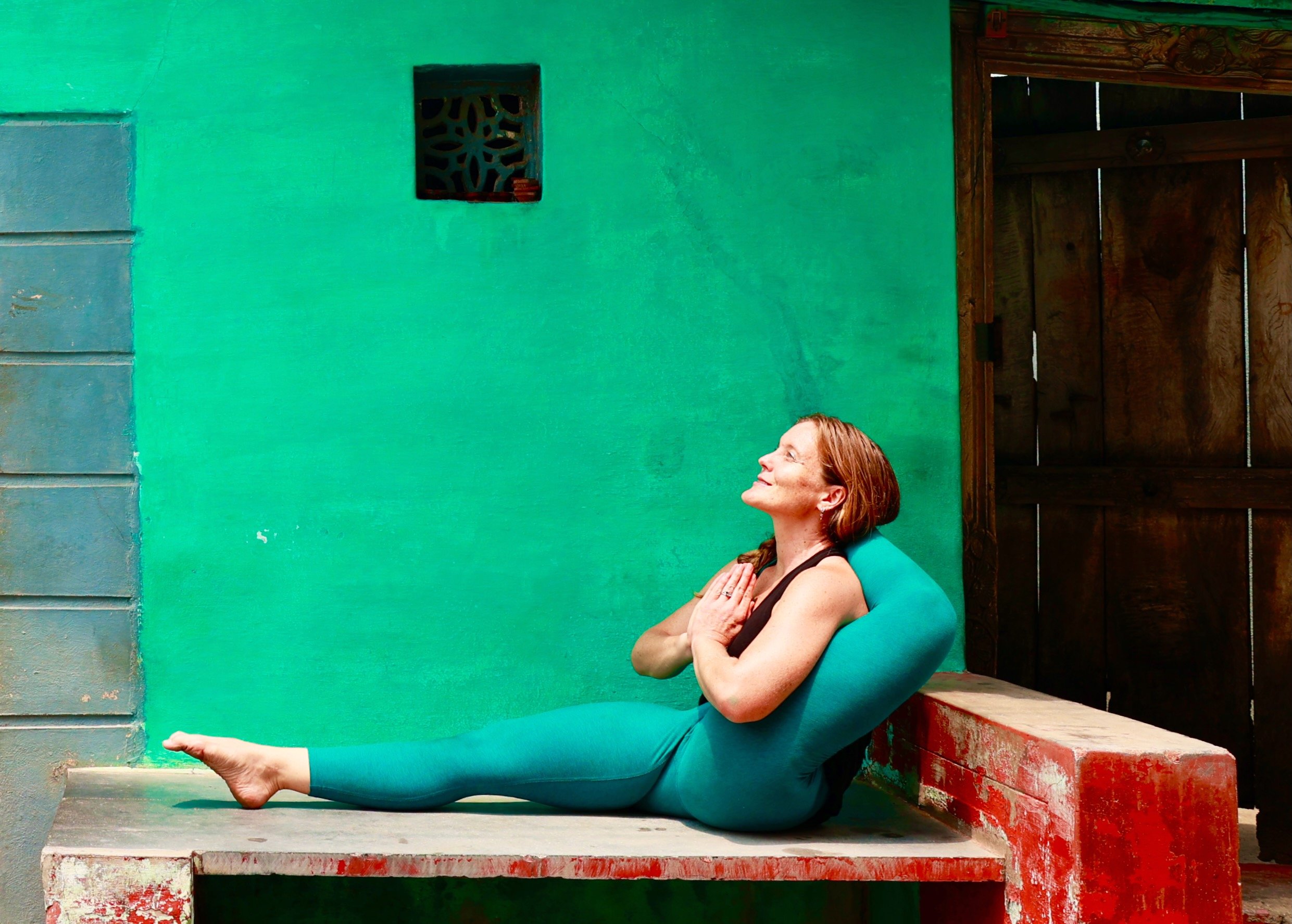


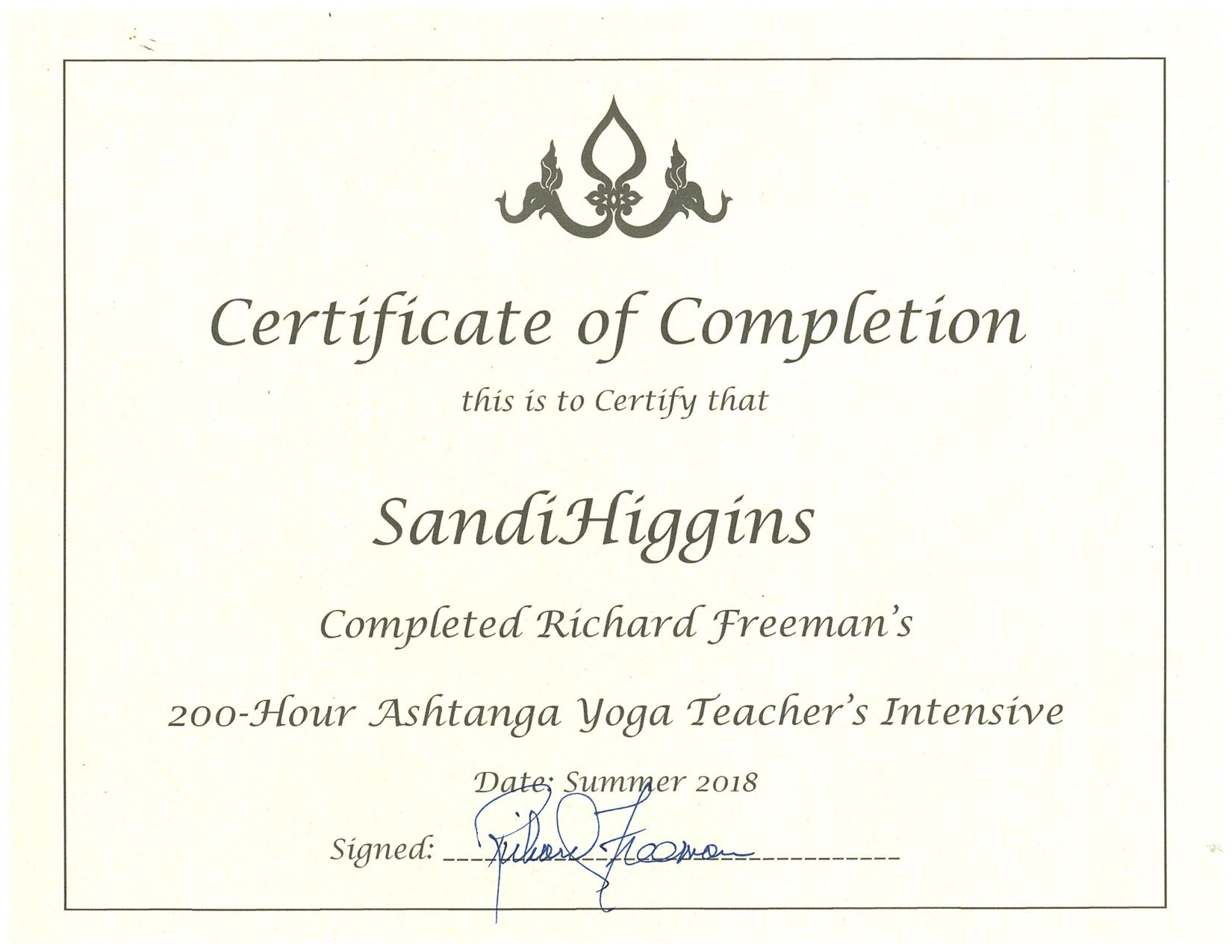
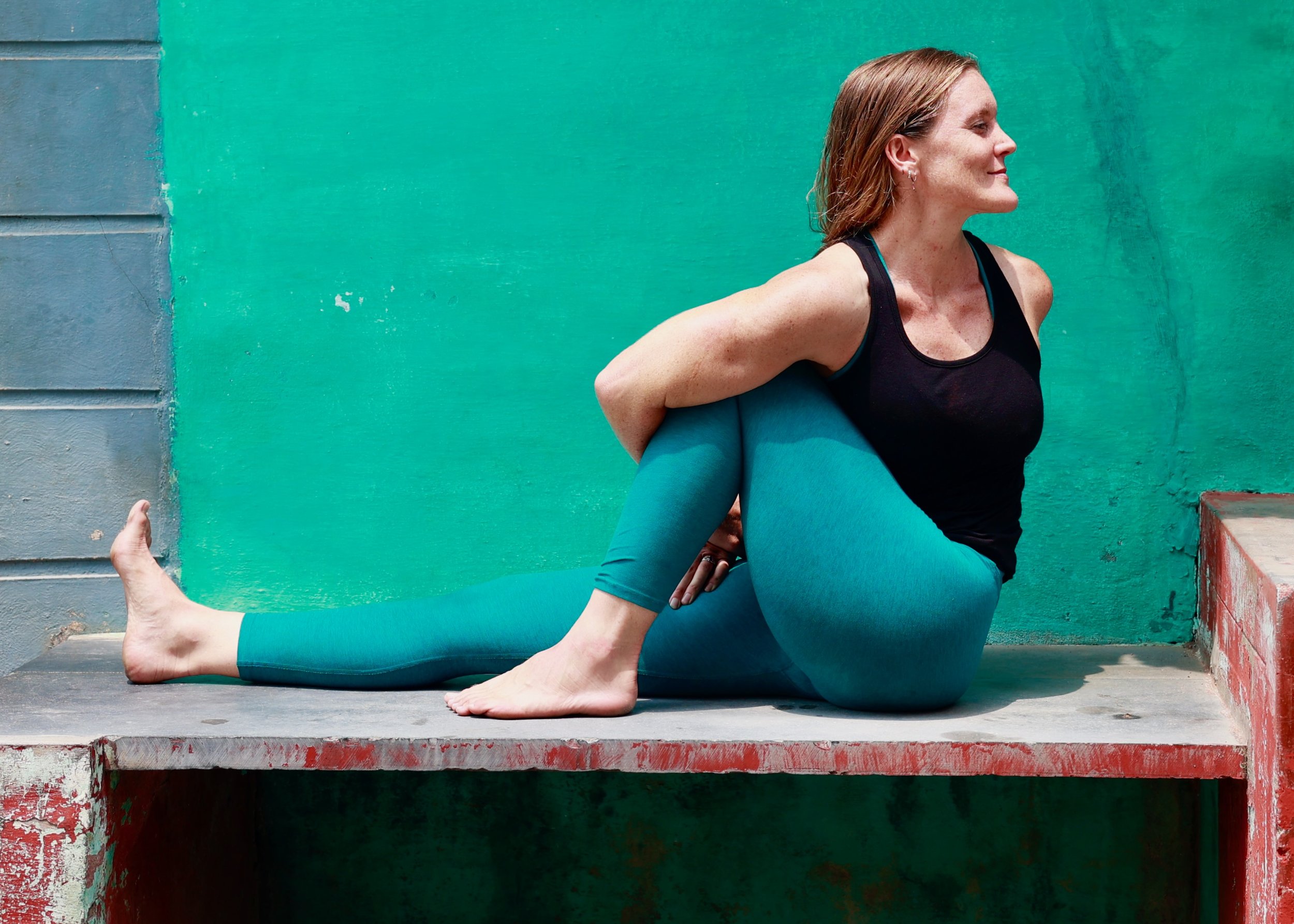
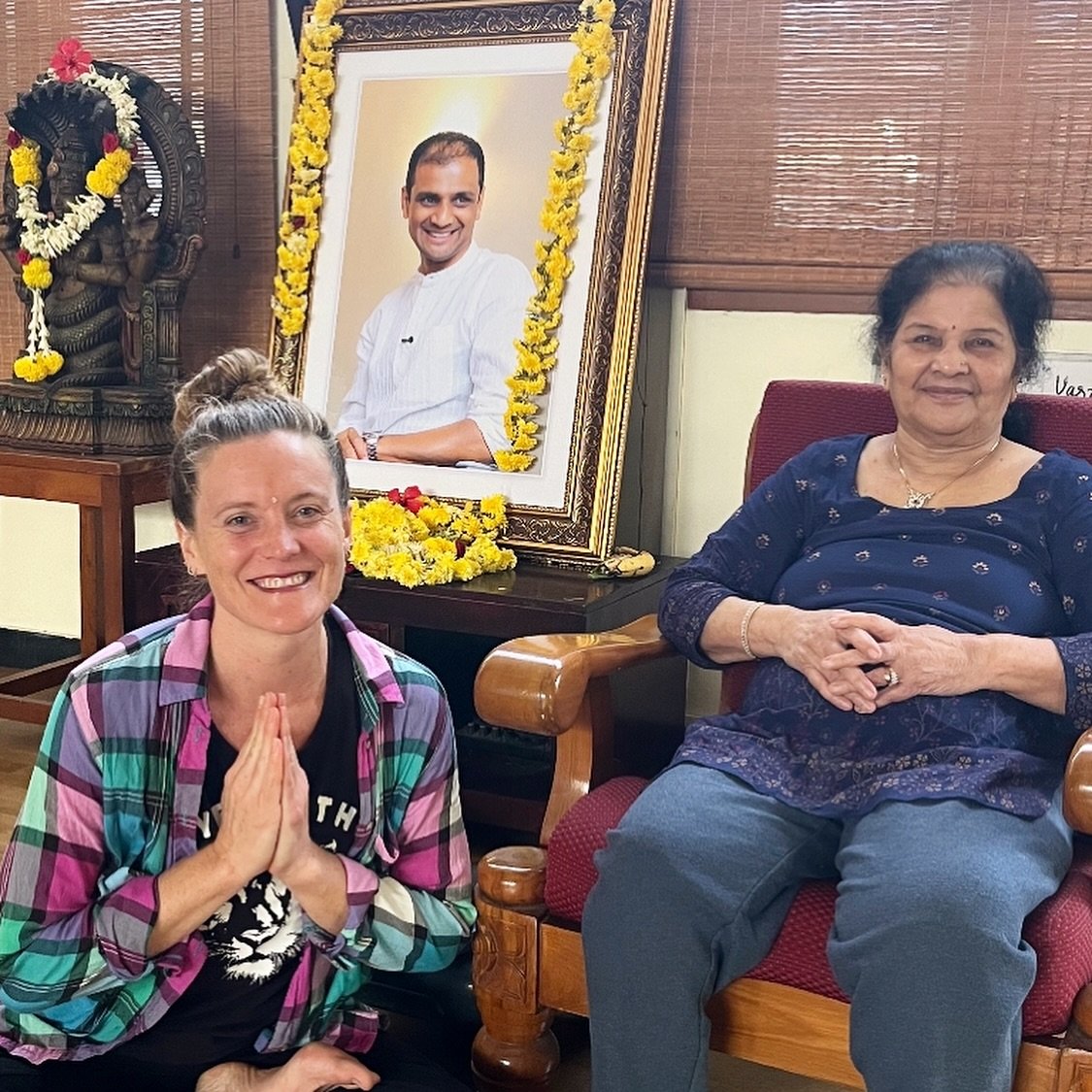

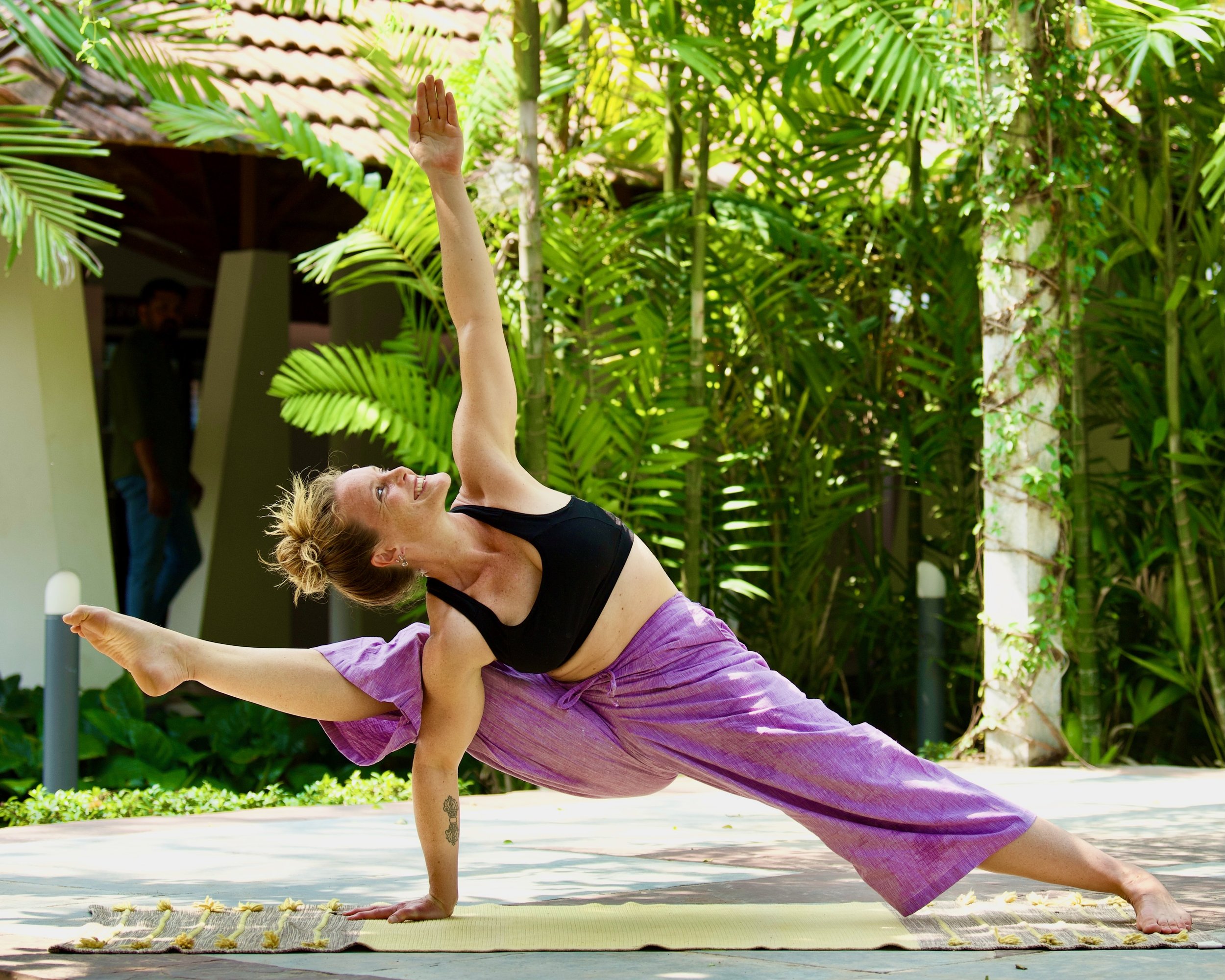
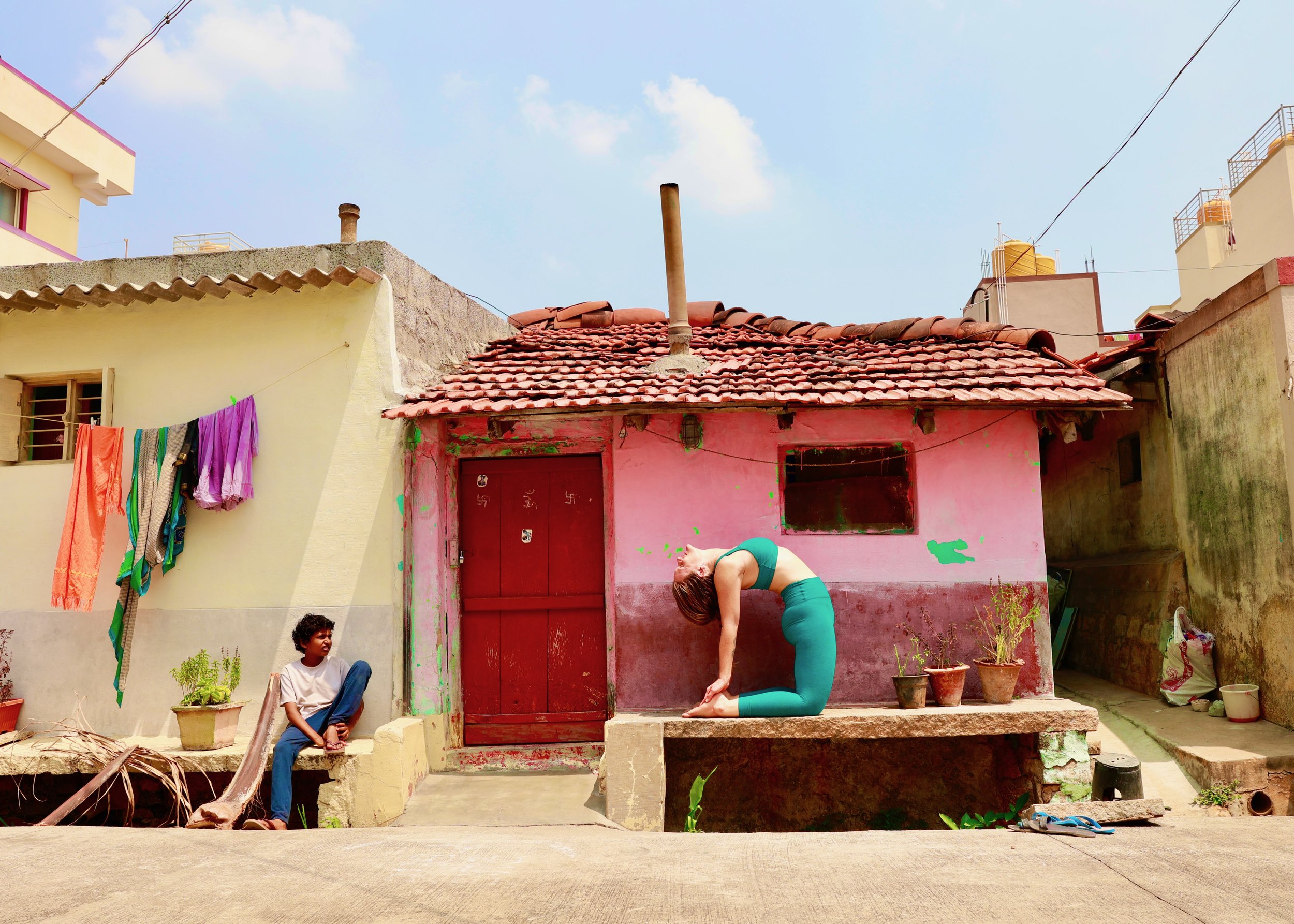
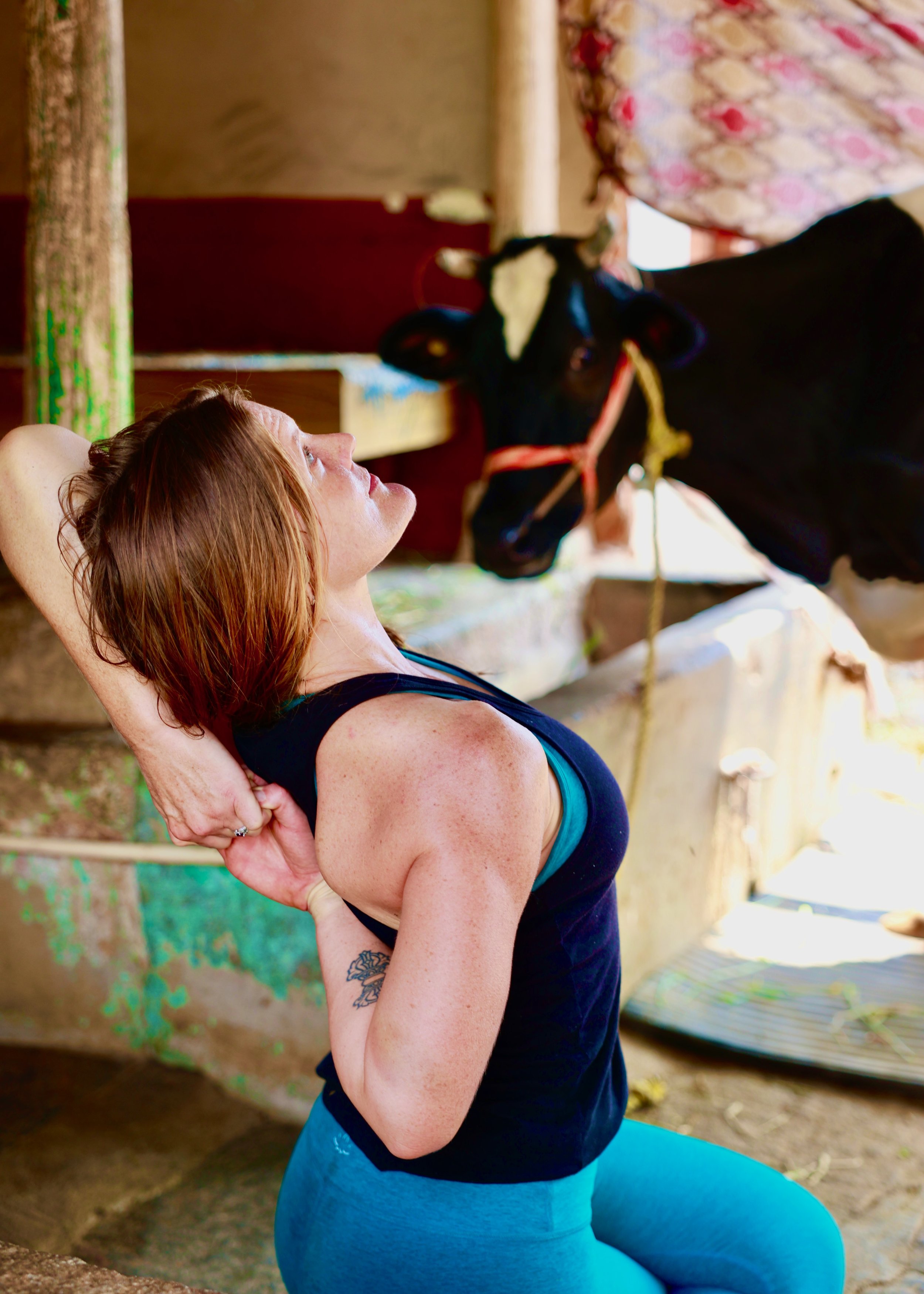

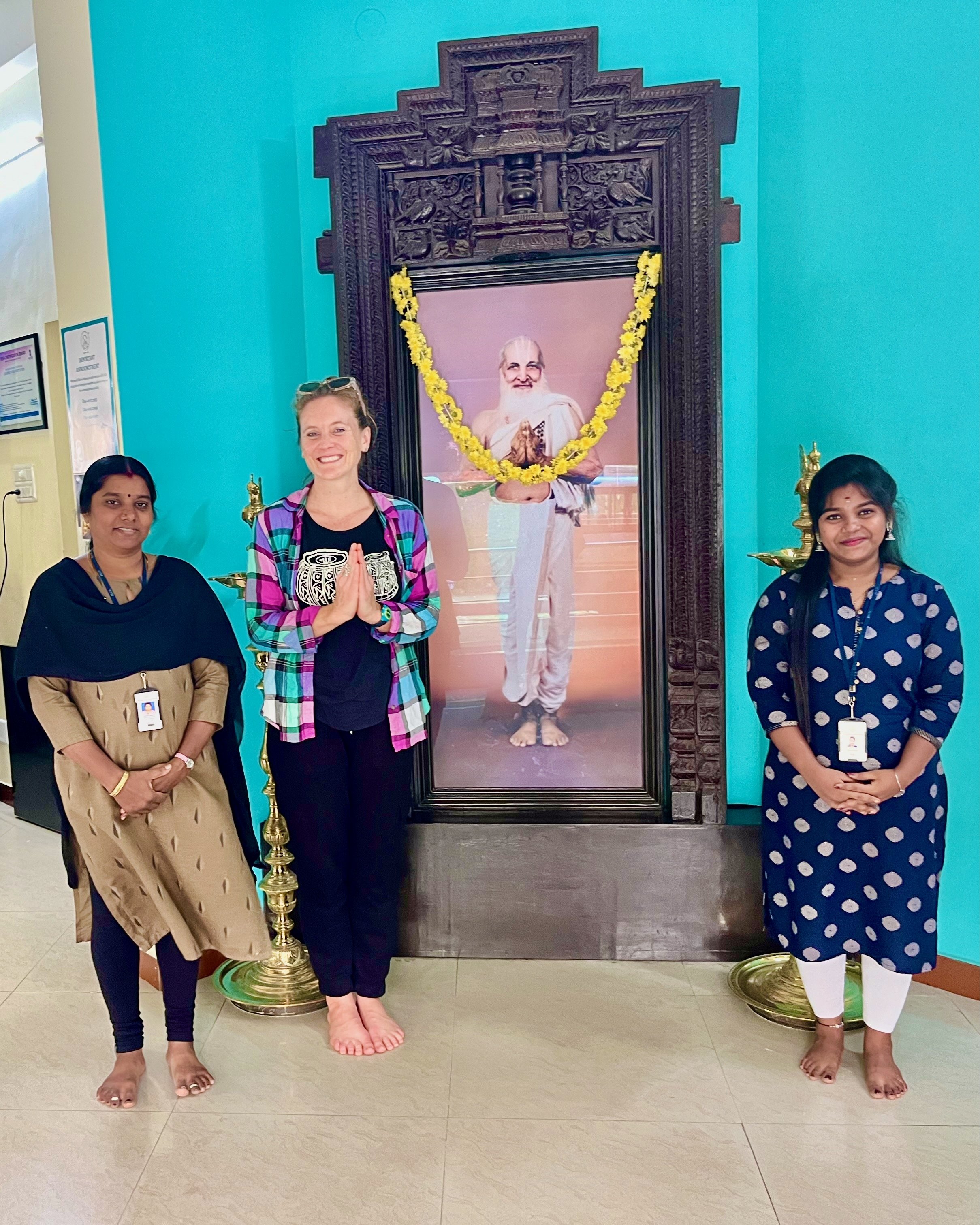


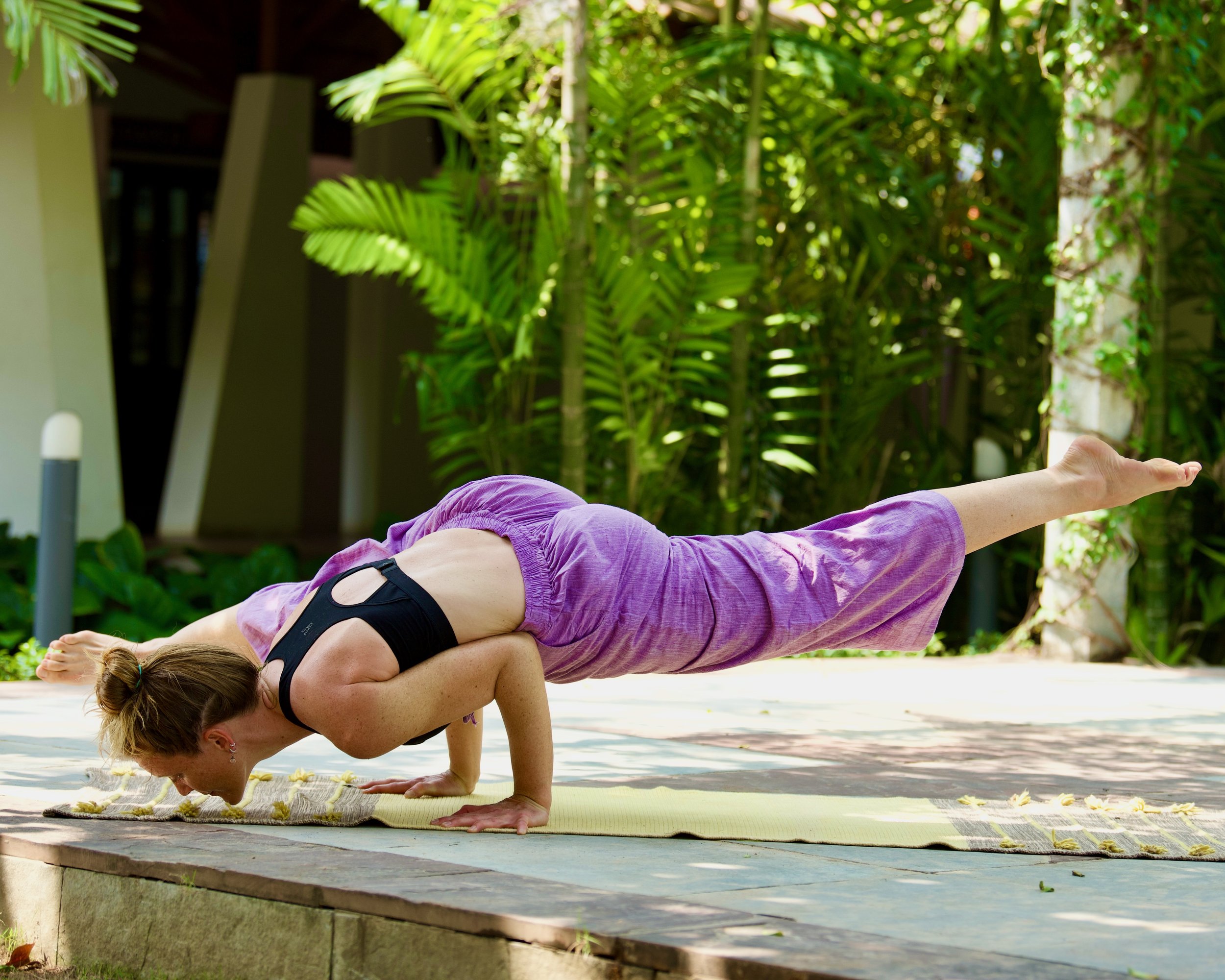
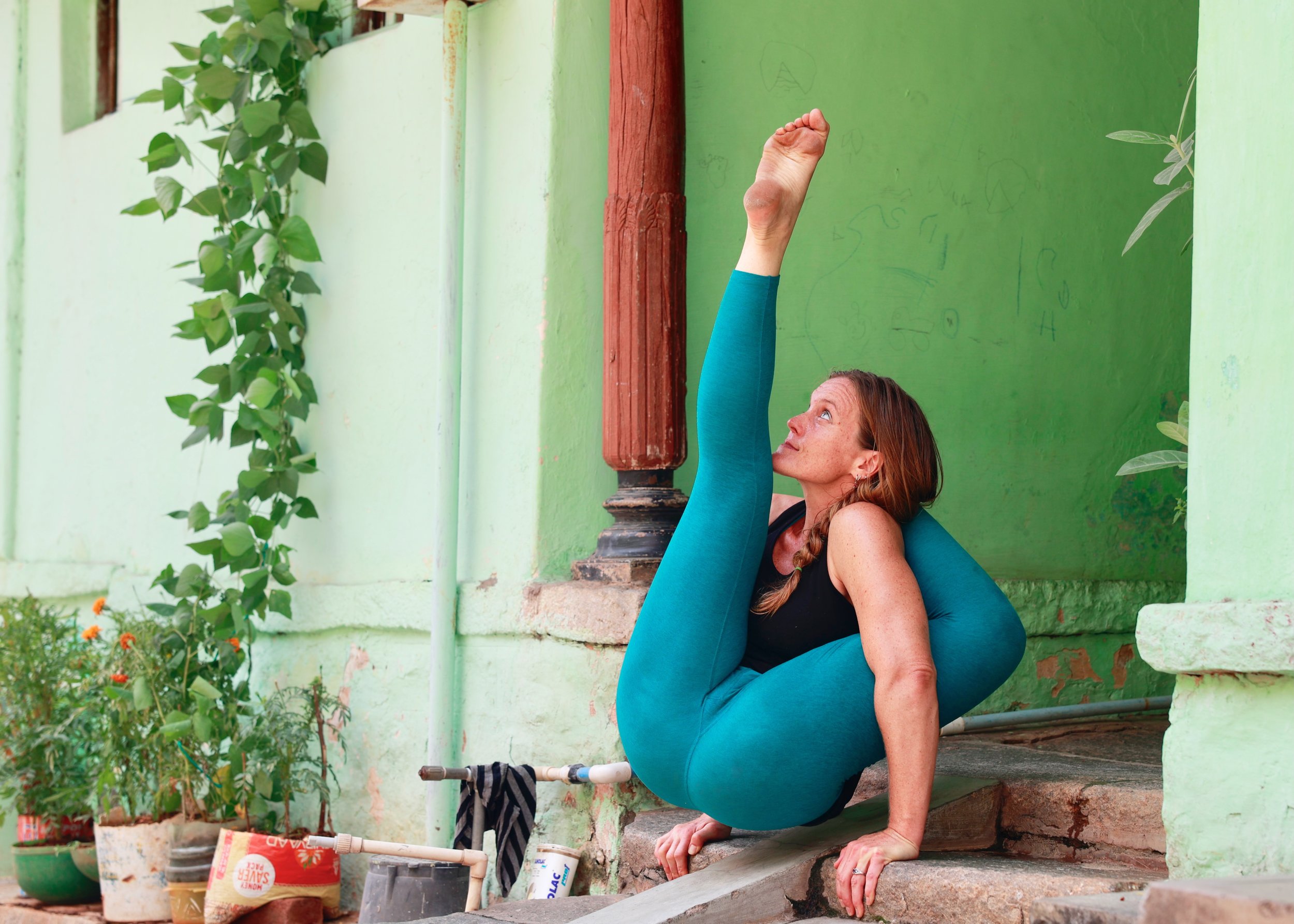



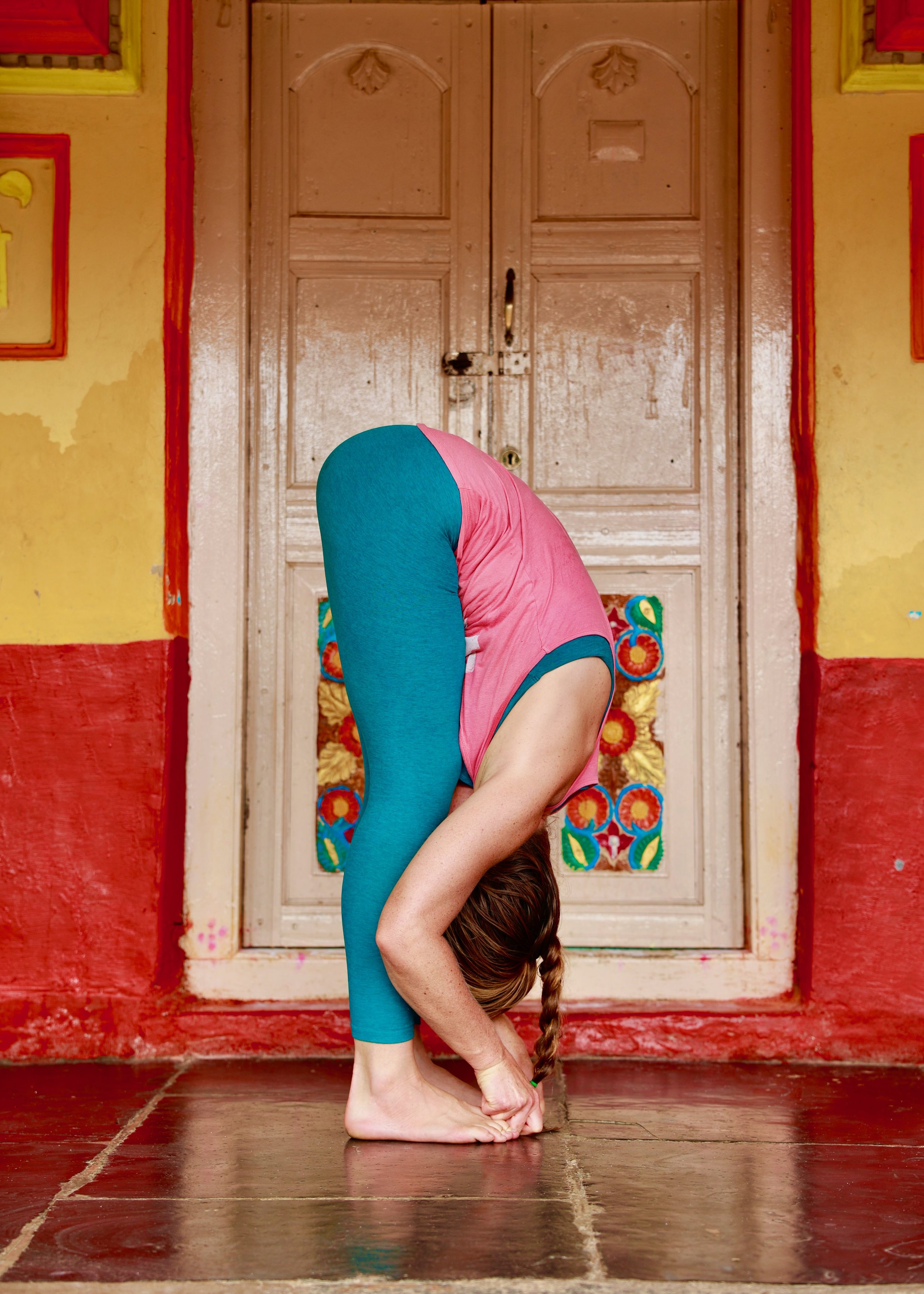
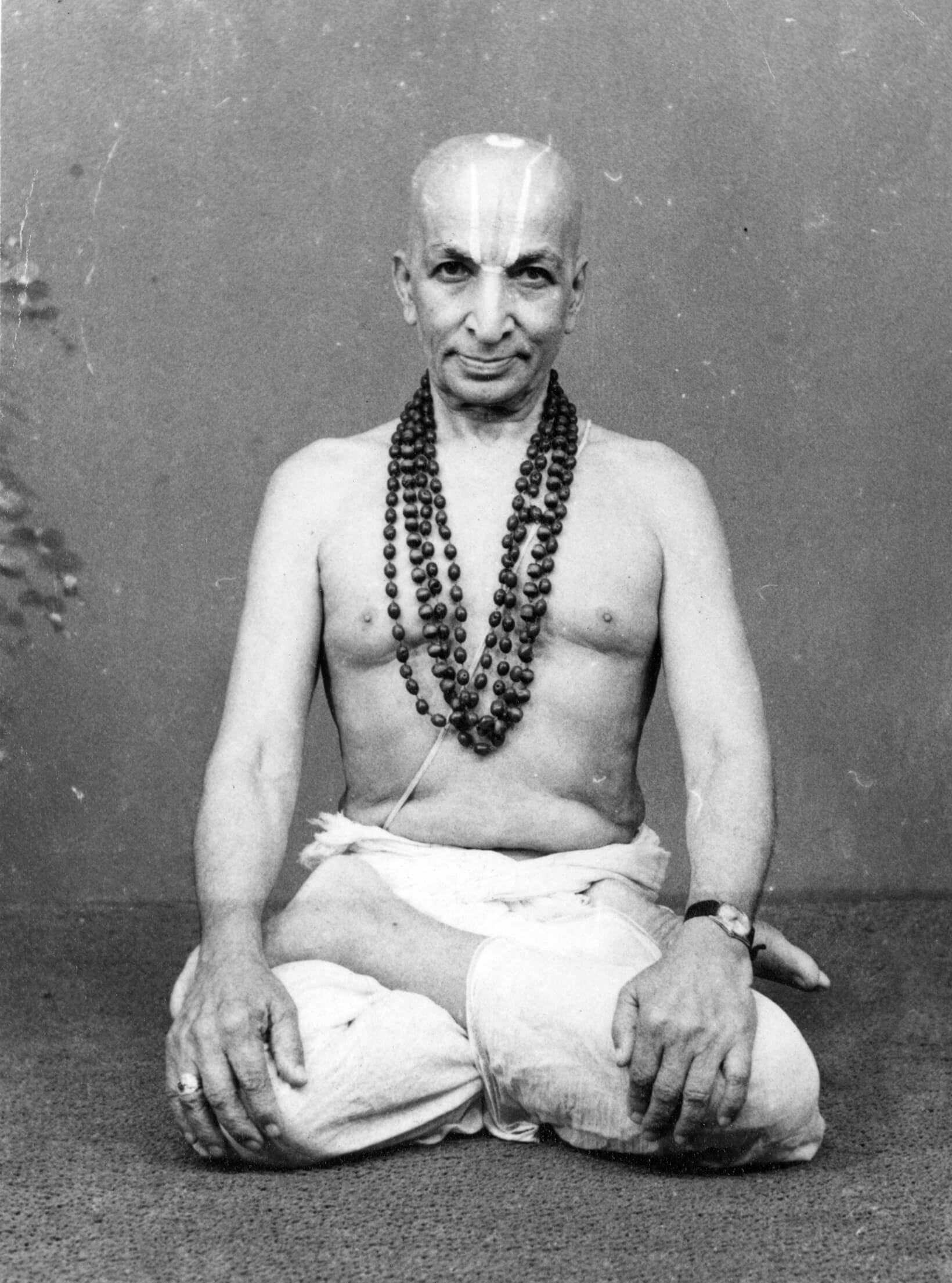
MYSore ASHTANGA Vinyasa Yoga
What is Ashtanga Yoga?
Ashtanga Yoga blends the dynamic breath-based movements of Vinyasa with the timeless philosophy of the Yoga Sūtras of Patañjali. It offers a grounded and invigorating path for those seeking physical vitality, mental clarity, and spiritual depth while remaining engaged in everyday life. The Mysore tradition of Ashtanga Yoga is a householder lineage that supports spiritual aspiration alongside the complexities of family, work, and community. It invites steady transformation through daily practice, rather than withdrawal from the world.
What is the Mysore Tradition?
Developed in the 20th century by Sri K. Pattabhi Jois in Mysore, India, this tradition is rooted in the Vinyasa method taught by his teacher, Sri T. Krishnamacharya. At its core is the principle of tristhāna (three dwelling places). These are 1) mind or gaze-focus; 2) body or posture and energy; and 3) breath or spirit-soul. Together, these bring the practitioner into a state of focused awareness. Ashtanga Yoga follows progressive series of postures, beginning with the Primary Series known as Yoga Chikitsa, or yoga therapy. Each student moves at their own pace, learning one posture at a time with individualized guidance. The goal is not to complete all the sequences, but to cultivate presence, humility, and inner strength.
Mysore-style classes are the heart of this approach. Unlike led classes, students move through their memorized sequence at their own rhythm, receiving personal support from the teacher. The room is quiet, steady, and filled with focused energy. It is not about performing, but about showing up and letting the breath carry the practice forward one movement at a time.
What is its Ancient Philosophy?
The Yoga Sūtras of Patañjali offer a profound spiritual framework that transcends religion and emphasizes direct experience. Composed over two millennia ago, the sutras draw from an oral tradition that threads teachings on ethics, discipline, breath, and meditation into a path of self-realization. The eight limbs of yoga (yama, niyama, asana, prāṇāyāma, pratyāhāra, dhāraṇā, dhyāna, and samādhi) provide structure without rigidity, inviting reflection and transformation through practice.
These teachings help us cultivate discernment and presence while honoring each person’s unique relationship with the sacred. As Krishnamacharya taught, the path is like walking up a hill toward a temple, every step holds meaning, and the view expands with patience and devotion.
Who is it for?
Some people practice yoga postures without the philosophy. Some study yoga philosophy without the practice. Ashtanga invites both. This is a method for anyone seeking meaningful transformation through practical and philosophical structure, discipline, and self-inquiry.
You don’t need to be flexible or strong to begin. You only need a willingness to learn, to go slow, and to meet yourself honestly on the mat. In Mysore class, there is no rush and no competition. You are guided, step by step, to develop a practice that is both deeply personal and profoundly universal.
If you are ready to listen inward, breathe with intention, and walk a path that honors ancient wisdom in the context of modern life, you are already on the way.
Ashtanga Yoga Opening Chant
Oṃ
vande gurūṇāṁ caraṇāravinde
saṁdarśitasvātma sukhāvabodhe
niḥśreyase jāṅgalikāyamāne
saṁsāra hālāhala moha śāntyai
ābāhu puruṣākāraṁ
śaṅkha cakrāsi dhāriṇaṁ
sahasra śirsamaṃ śvetamaṃ
praṇamāmi patañjalim
Oṃ śāntiḥ śāntiḥ śāntiḥ
I bow at the lotus feet of the Gurus
and behold the awakened joy of my soul
the ultimate refuge, the jungle doctor (shaman)
pacifying the poisonous delusion of repetitive existence.
I bow to Patañjali who has thousands of luminous white heads (as the divine serpent, Ananta)
and who has assumed the upper body of a human being
holding a conch (divine sound)
a discus (wheel of time), and a sword (discerning wisdom).
Om peace, peace, peace.
Ashtanga Yoga Closing Chant
Oṃ
svasti prajābhyaḥ paripālayantāṃ
nyāyena mārgeṇa mahīṃ mahīśāḥ
go-brāhmanebhyaḥ śubhamastu nityaṃ
lokāḥ samastāḥ sukhino bhavantu
Oṃ śāntiḥ śāntiḥ śāntiḥ
May all be well with humankind.
May the leaders of the Earth protect it and all beings
by keeping to the just and virtuous path.
May there be perpetual joy for those who know the Earth to be sacred.
May all the worlds be happy.
Om peace, peace, peace.
Restraints (Yama), observances (NIyama), postures (Asana), expansion of life energy (Pranayama), sense withdrawal (Pratyahara), concentration (Dharana), contemplation (Dhyana), and meditation (Samadhi) are the eight limbs (Ashtanga) of yoga.
- Patañjali Yoga Sūtra II.29


